Morning Eye Candy: When Up Is Down
Posted in Photography on March 31 2012, by Ann Rafalko
Nope, not an early April Fool’s Day joke, just a trick of the water.
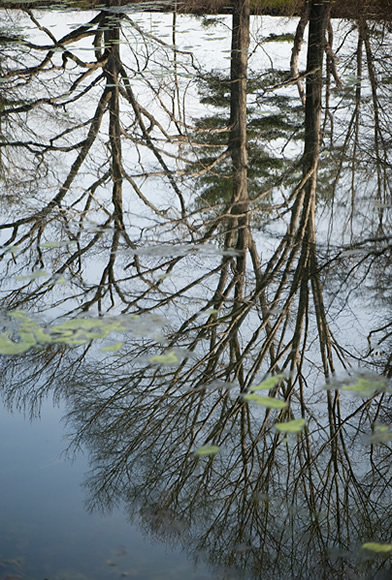
Twin Lakes Reflection (photo by Ivo M. Vermeulen)

Inside The New York Botanical Garden
Posted in Photography on March 31 2012, by Ann Rafalko
Nope, not an early April Fool’s Day joke, just a trick of the water.

Twin Lakes Reflection (photo by Ivo M. Vermeulen)
Posted in Gardening Tips, Learning Experiences on January 17 2012, by Sonia Uyterhoeven
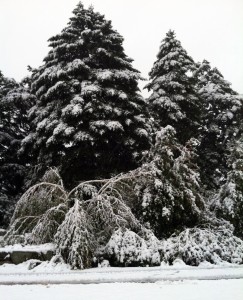 For the past few weeks we have reflected on the strange weather that we experienced last year, discussing the physical damage to the Garden during the October storm and the identifying characteristics that signal future issues. The erratic behavior of the weather from September onwards reminded me of a time several years ago when an Indian summer lasted well into December. The temperatures crashed in the following January and we experienced winter almost overnight.
For the past few weeks we have reflected on the strange weather that we experienced last year, discussing the physical damage to the Garden during the October storm and the identifying characteristics that signal future issues. The erratic behavior of the weather from September onwards reminded me of a time several years ago when an Indian summer lasted well into December. The temperatures crashed in the following January and we experienced winter almost overnight.
Some of you may remember that year. For the broad-leaved evergreens at the Garden, this was the year for winter injury, and there are several reasons why a plant experiences this.
Posted in Photography on December 25 2011, by Ann Rafalko
Who needs tinsel when you’ve got panicles? Happy holidays from all of us at the Garden!
Idesia polycarpa (photo by Ivo M. Vermeulen)
Posted in Photography on December 20 2011, by Ann Rafalko
Before you can learn the trees, you have to learn
The language of the trees. That’s done indoors,
Out of a book, which now you think of it
Is one of the transformations of a tree.
Learning the Trees ~ Howard Nemerov
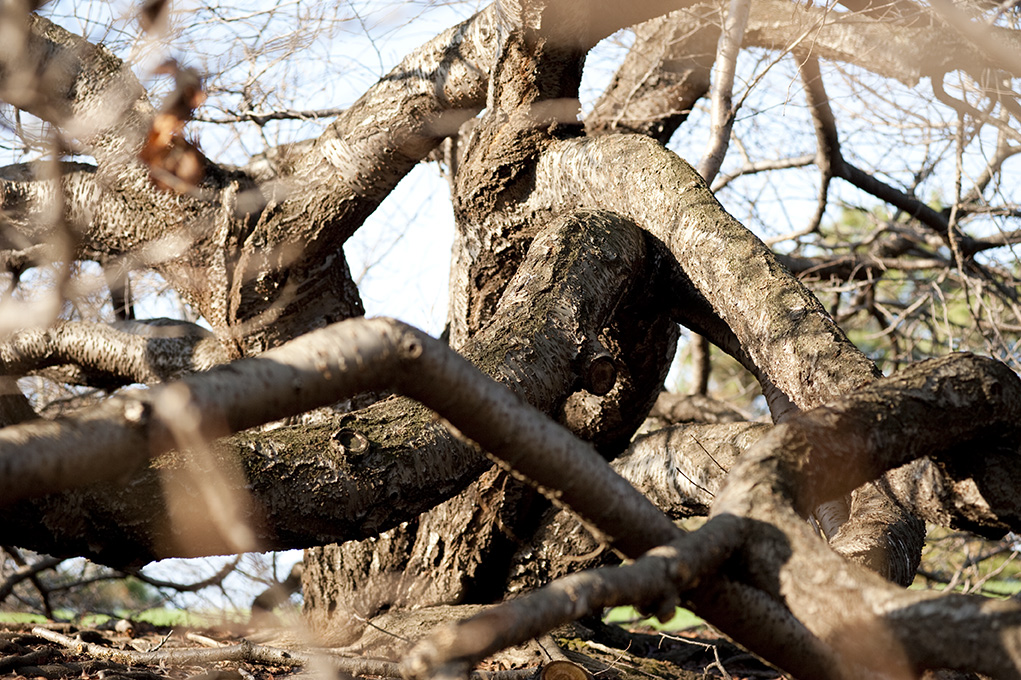
The Language of the Trees (photo by Ivo M. Vermeulen)
Posted in Around the Garden on October 31 2011, by Ann Rafalko
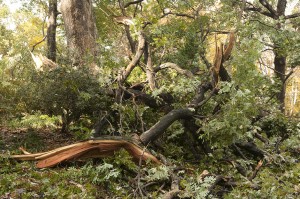 Approximately 15% of the 15,000 trees in the Garden’s Thain Family Forest have sustained at least some damage.
Approximately 15% of the 15,000 trees in the Garden’s Thain Family Forest have sustained at least some damage.
Many of the historic trees in the Garden’s beautiful magnolia collection have been damaged, even destroyed.
In the new Azalea Garden huge branches fell on new plantings and an ancient tree was lost.
The entire 250-acres of the Garden is littered with branches and tree limbs.
Our initial assessment shows that thousands of trees have been damaged and many destroyed. A complete appraisal will take weeks as much of the damage is high in the canopies of trees 100 feet tall or more.
Posted in Around the Garden on October 31 2011, by Ann Rafalko
This weekend’s historic storm caused a large amount of severe damage to the Garden’s vast collection of trees and celebrated woodlands.
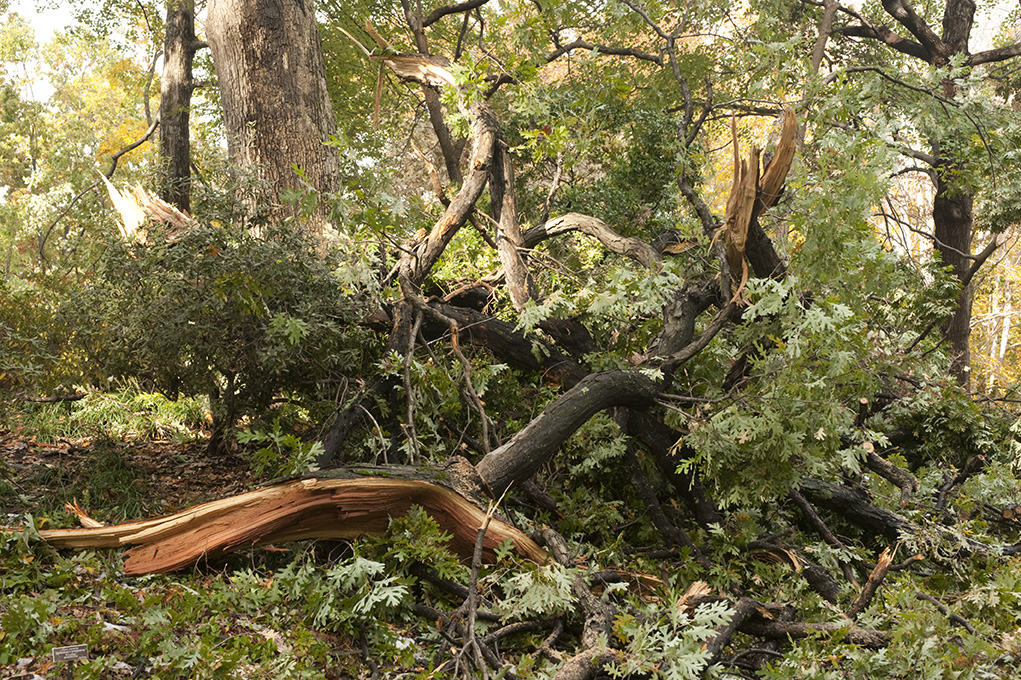
Our crews are hard at work cleaning up the damage and working to save every tree they can. Simultaneously, we are busy getting ready for the beloved seasonal tradition of the Holiday Train Show. We hope that we will see you soon under the glittering dome of the Enid A. Haupt Conservatory.
Posted in Photography on October 24 2011, by Ann Rafalko
A tree may be tall and straight, but the land can make its shadow meander where the tree cannot.

Crooked Shadow (photo by Ivo M. Vermeulen)
Posted in Photography on October 2 2011, by Ann Rafalko
Can you pick a favorite out of these photographs? We couldn’t. Fall light is so magical!
Head below to see the rest of the photos, and let us know which is your favorite in the comments.
Posted in Photography on September 26 2011, by Ann Rafalko
What is it about the sunlight in September that makes everything look so magical?
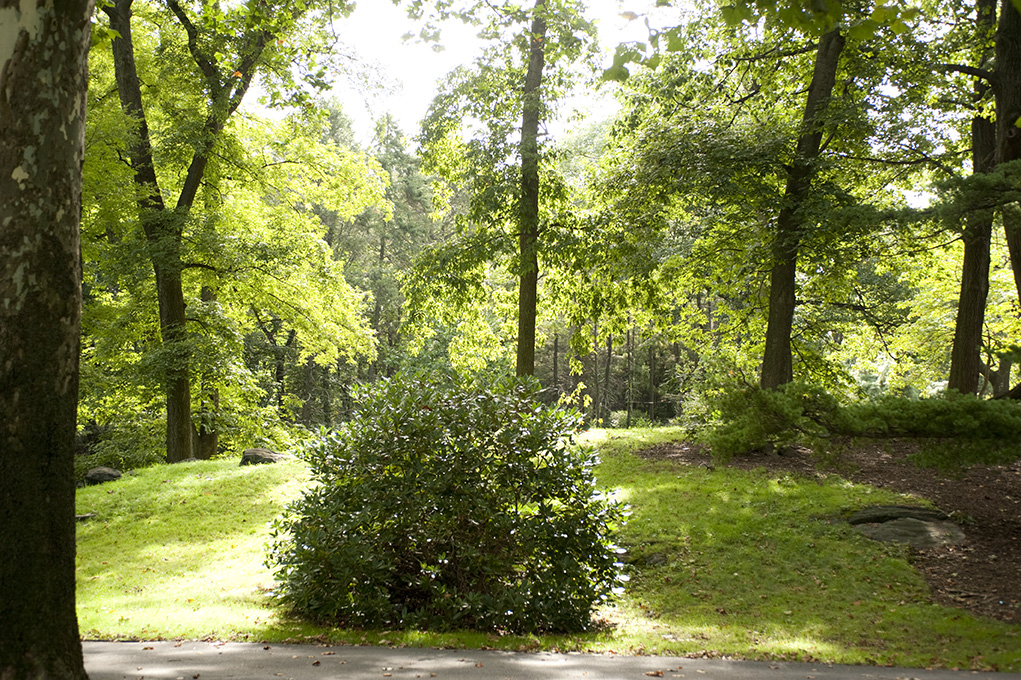
Photo by Ivo M. Vermeulen
Posted in Behind the Scenes, Science on September 16 2011, by Sandy Wolkenberg
Ed. note: Sandy Wolkenberg is a Citizen Scientist who has been working in the Thain Family Forest for three and a half years. Over the course of a week on Plant Talk, Sandy will share a five-part series of posts on The New York Botanical Garden’s Citizen Scientist Tree Phenology Program. If Sandy’s experiences motivate you to want to know more about becoming a Citizen Scientist, check out the Garden’s Volunteer Program page.
The tree is more than first a seed, then a stem, then a living trunk, and then dead timber.
The tree is a slow, enduring force straining to win the sky.
~ Antoine de Saint-Exupéry, The Wisdom of the Sands, (translated from French by Stuart Gilbe.)
Following a major wind storm in the spring of 2010, the volunteers that make up the Citizen Scientist Tree Phenology program walked the trails of the Thain Family Forest scrutinizing each tree. We were mystified by the fact that Tuliptree #93, a giant tulip poplar, appeared to have vanished. We walked back and forth searching for the tree, and then searched again. Where could it be? We noticed a huge root ball attached to a large upended tree that had fallen back into the Forest. We speculated that this fallen giant must be Tuliptree #93. Our suspicion was confirmed during a walk with Jessica Arcate Schuler, Manager of the Thain Family Forest, when she found tag #93 on the reclining giant. Alas, our first–but not our last–loss.